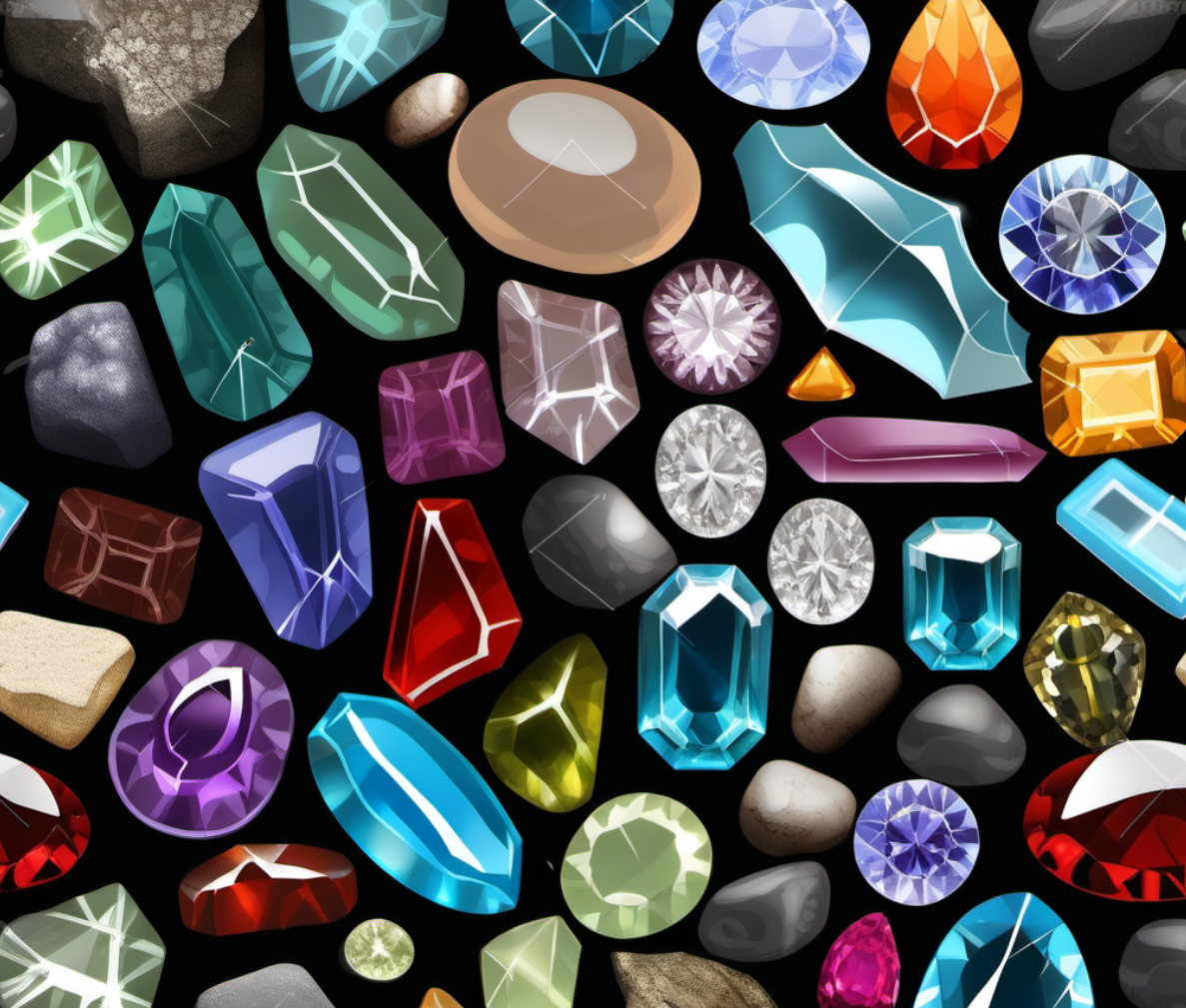The Gemstone Line of the Urals
вторник 30 января 2024, 13:47
 |
____ |
2024 marks the 90th anniversary of the Sverdlovsk Oblast! Having detached from the Ural Oblast in 1934, the Sverdlovsk Oblast became an independent administrative unit of the Russian Federation.
This region is rightfully called “a land of gems”. It is the depths of the Ural mountains that keep such treasures as cannot be found in any other region. The mineral deposits of gold, emerald, platinum, malachite as well as some other gemstones were discovered here before anywhere else in Russia. The Ural gemstones attract the attention of people of all kinds: geologists, historians, stone carvers, writers and tourists.
The term “gemstone line” was introduced exactly one hundred years ago by Konstantin Matveyev, a renowned scholar and founder of the Ural Mineralogical Society. The line stretches along the eastern side of the Ural mountains. The first gemstone deposits were located over three centuries ago by Tumashev brothers, stone prospectors. The discoveries were made near Mourzinka village, in which one of the best known museums in the Urals is nowadays available. Its name is Fersman Mineralogical Museum.
Alexander Fersman, who was a member of the Soviet Academy of Sciences, had visited this place numerous times and enjoyed his own experience of travelling along the entire length of the gemstone line. His book “Tales about Gemstones” uncovers the many-sided world of gems and coloured stones. The author reveals the beauty of stones in a very precise yet poetic manner. He also points out the increasing significance they gain in science, technology and human life.
However, he was not the only academic who devoted his works to the gemstone line of the Urals.
A textbook of exactly the same title (“The gemstone line of the Urals”) gives a detailed account of minerals and rocks discovered in the area together with some advice on showing visitors around mineralogy collections.
A book by Boris Vasilievich Pavlovsky, “The Art of Stone Carving in the Urals”, gives readers a general idea of how stone craftsmanship developed in Yekaterinburg and the adjacent city districts. Stones carved by artisans reflect the beauty of the country; its forests and fields of green, lakes and skies of blue and other vivid colours of its nature.
The above-mentioned and other issues may be found in the Ural Federal University Library collection. To check the availability of books in circulation desks and information centres address the library catalogue.
Author: Nelly Kuzmina
Translator: Valery Beklemysheva |



